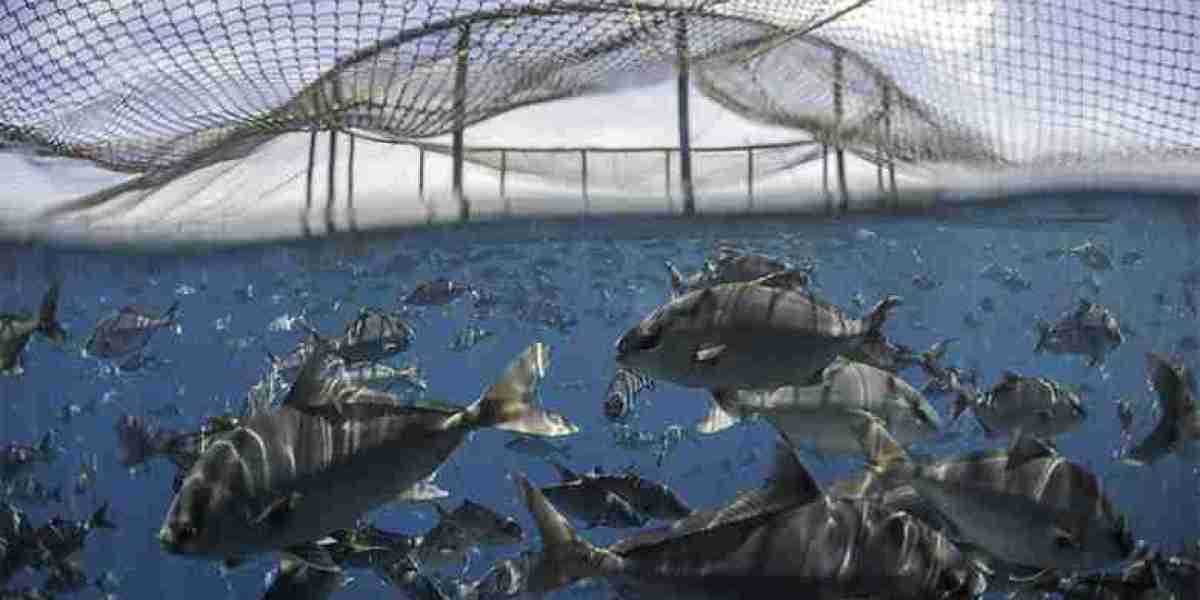Aquaculture Market Developments: Trends, Innovations, and Challenges
The global aquaculture industry has experienced significant growth in recent years, driven by increasing seafood demand, technological advancements, and a shift towards sustainable practices. As of 2024, the market was valued at approximately USD 239.33 billion and is projected to reach around USD 370.54 billion by 2034, expanding at a compound annual growth rate (CAGR) of 4.47% .
Technological Innovations
Technological advancements are revolutionizing aquaculture market practices. The integration of Artificial Intelligence (AI) and the Internet of Things (IoT) has enabled real-time monitoring of water quality, fish health, and feeding patterns. For instance, AI models assist in disease detection and optimize feeding schedules, enhancing productivity and sustainability .
Recirculating Aquaculture Systems (RAS) have gained prominence for their efficiency in water use and waste reduction. These closed-loop systems recycle water, minimizing environmental impact and allowing fish farming in landlocked areas .
Sustainable Practices
Sustainability is a central focus in modern aquaculture. The industry is moving towards alternative feed sources, such as plant-based and insect-based proteins, to reduce reliance on wild-caught fish and mitigate environmental concerns .
Integrated Multi-Trophic Aquaculture (IMTA) is another sustainable approach, where different species are cultivated together to utilize waste products from one species as nutrients for another, promoting a balanced ecosystem .
Market Dynamics and Regional Insights
Asia-Pacific remains the dominant region in aquaculture, accounting for over 40% of the global market share in 2024. Countries like China, India, and Vietnam are major producers, driven by high domestic demand and export potential .
In India, the aquaculture sector has seen substantial growth, with seafood exports increasing by 67.75% from $5 billion in 2013-14 to $7.38 billion in 2023-24. The export of frozen shrimp has been a significant contributor to this growth .
Challenges and Ethical Considerations
Despite advancements, the aquaculture industry faces several challenges. Ethical concerns have arisen regarding labor practices, with reports of exploitation among shrimp farmers in countries like Indonesia, Vietnam, and India. Large Western supermarkets' pursuit of lower wholesale shrimp prices has led to widespread exploitation of shrimp farmers and workers in these regions .
Environmental issues also persist, as certain aquaculture practices may require more wild-caught fish than previously estimated, leading to significant pressure on ocean ecosystems .
Conclusion
The aquaculture industry is at a pivotal juncture, balancing growth with sustainability and ethical considerations. Technological innovations and sustainable practices are paving the way for a more efficient and responsible aquaculture sector. However, addressing labor rights and environmental impacts remains crucial for the industry's long-term viability. As global demand for seafood continues to rise, the aquaculture market's developments will play a significant role in shaping the future of food production.



